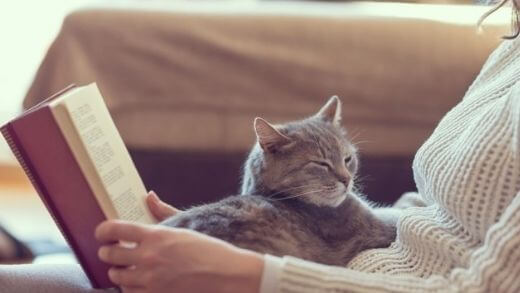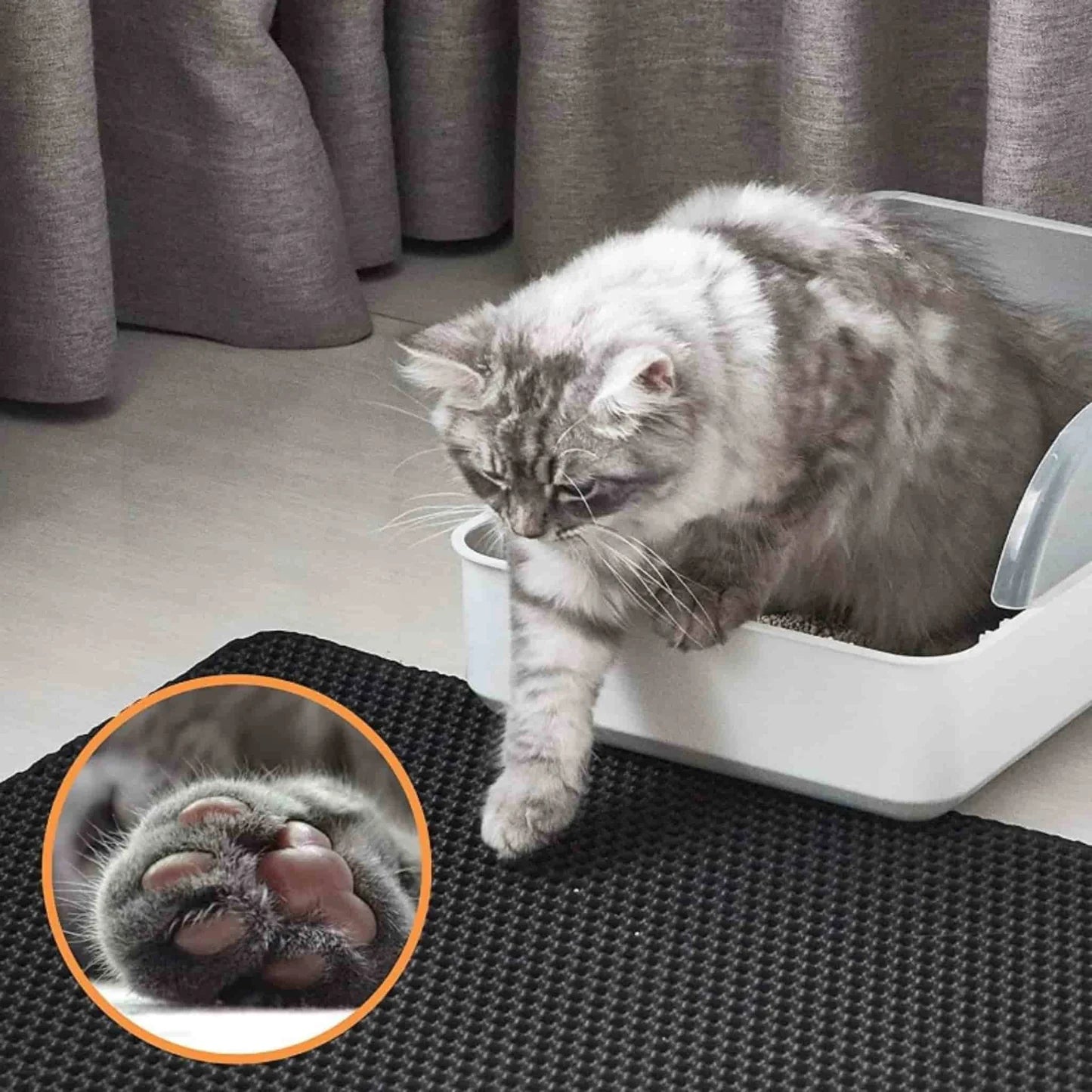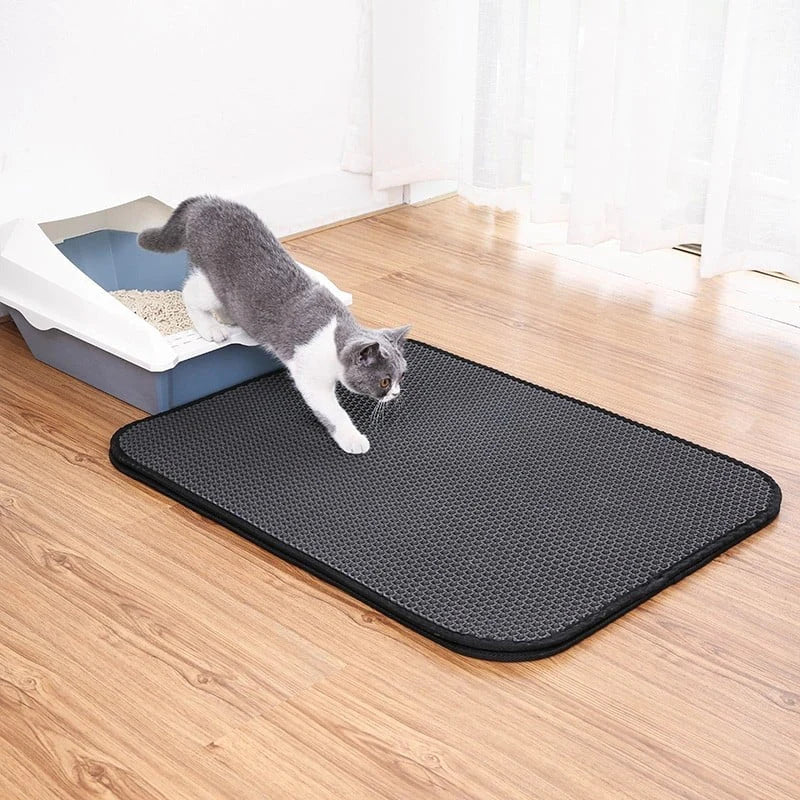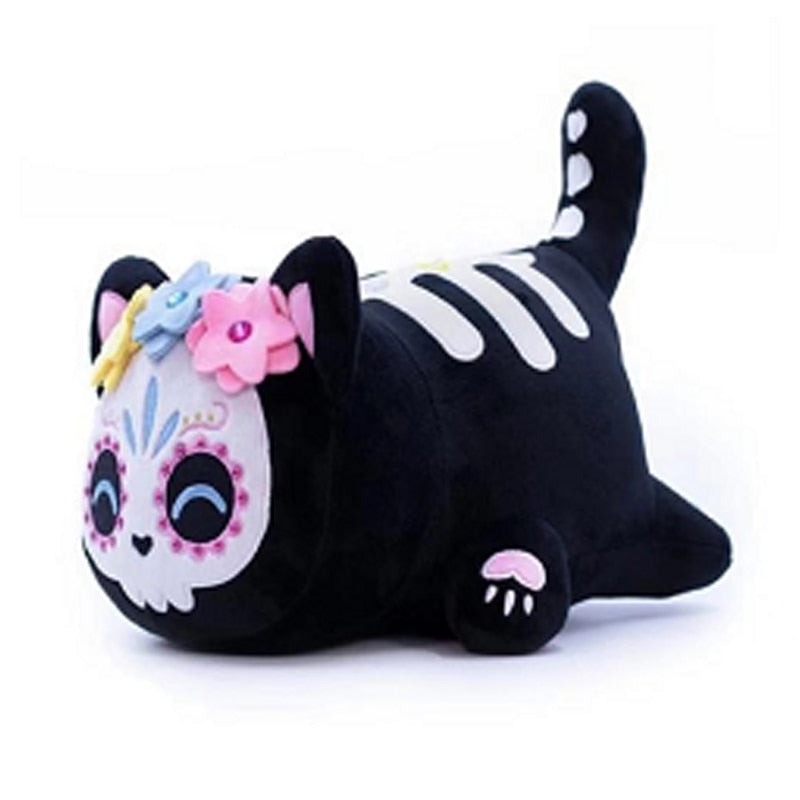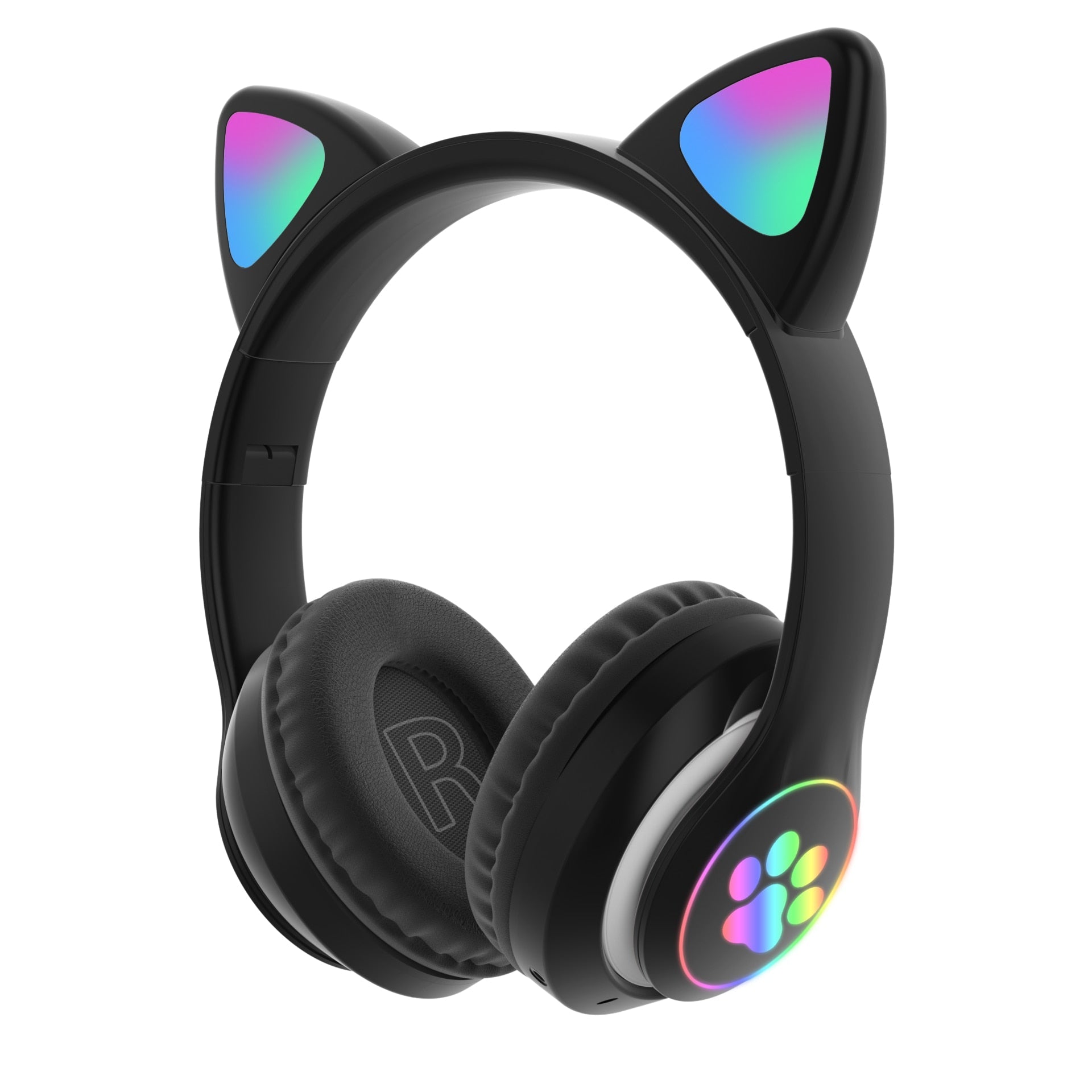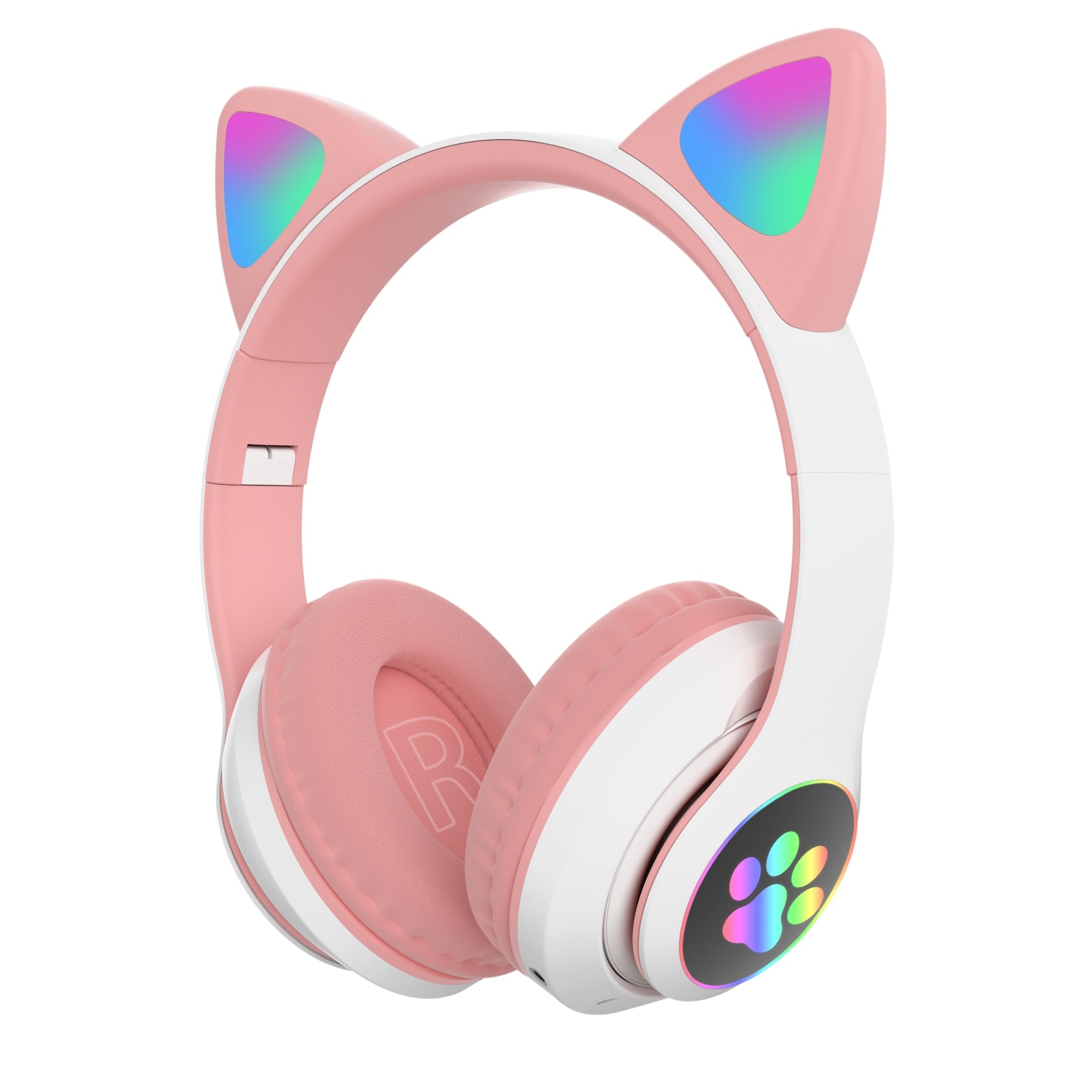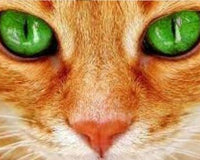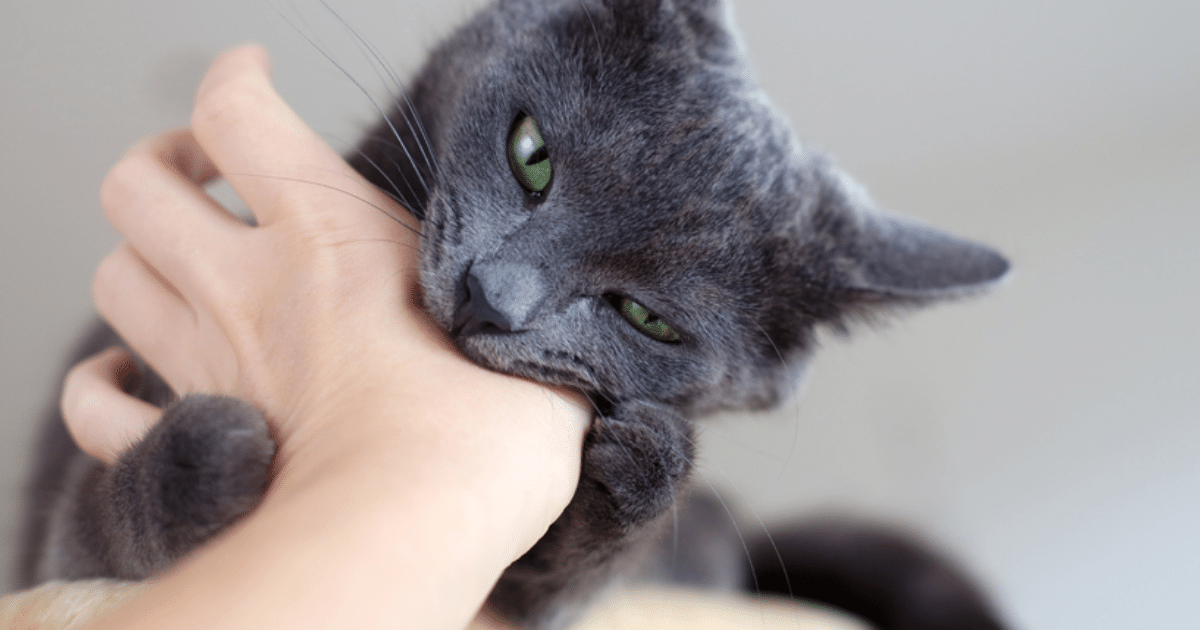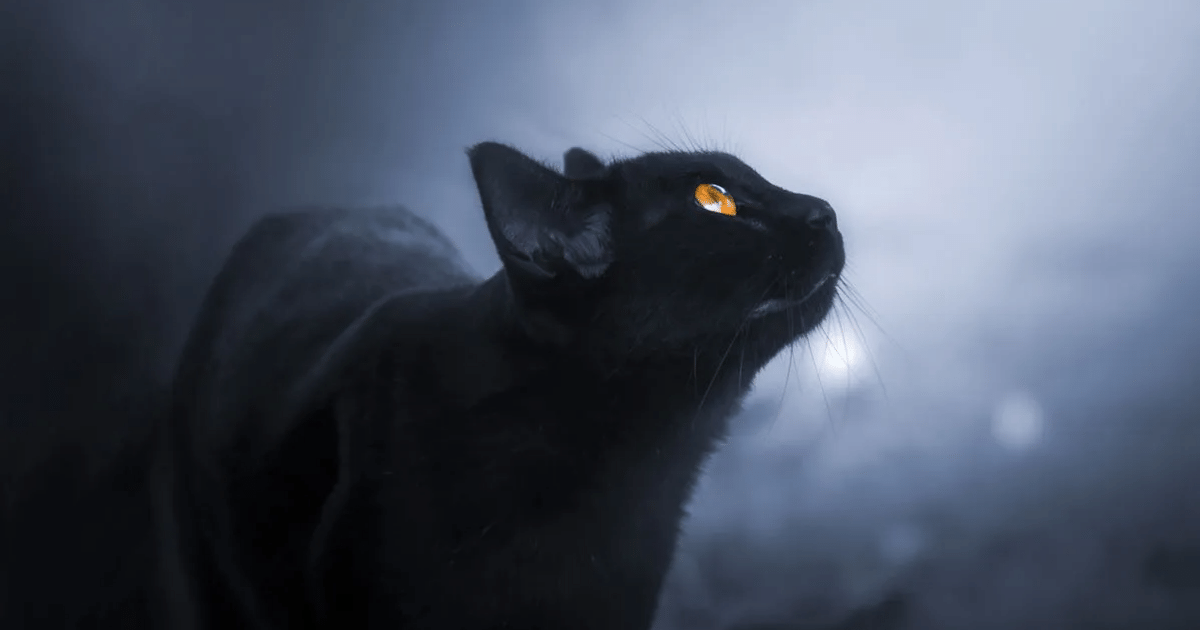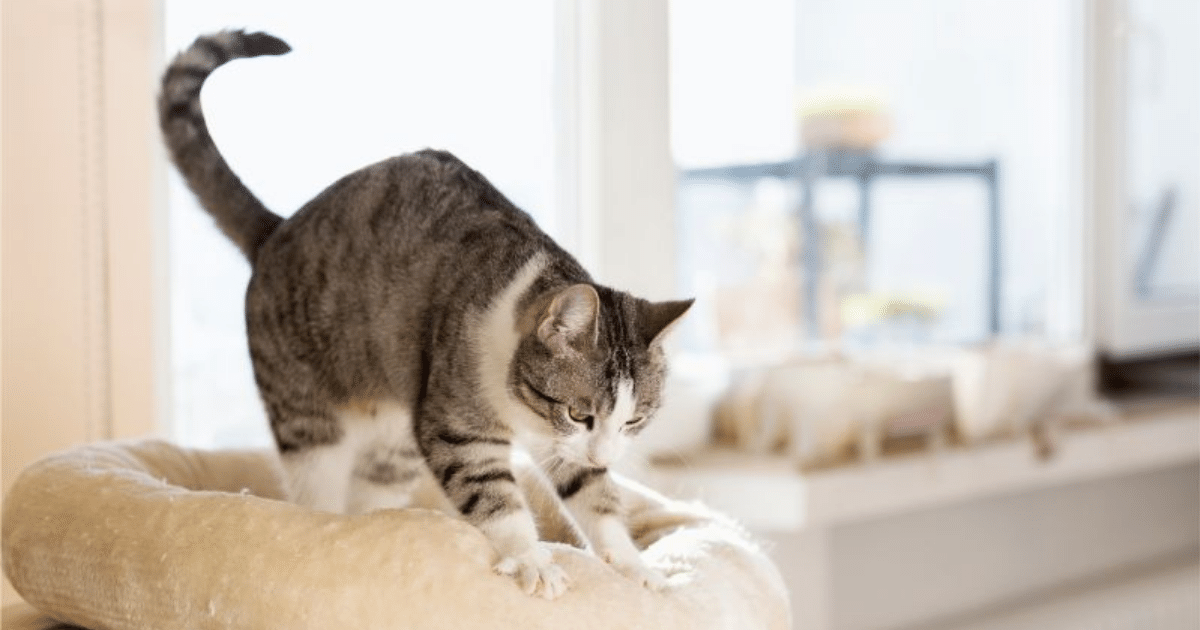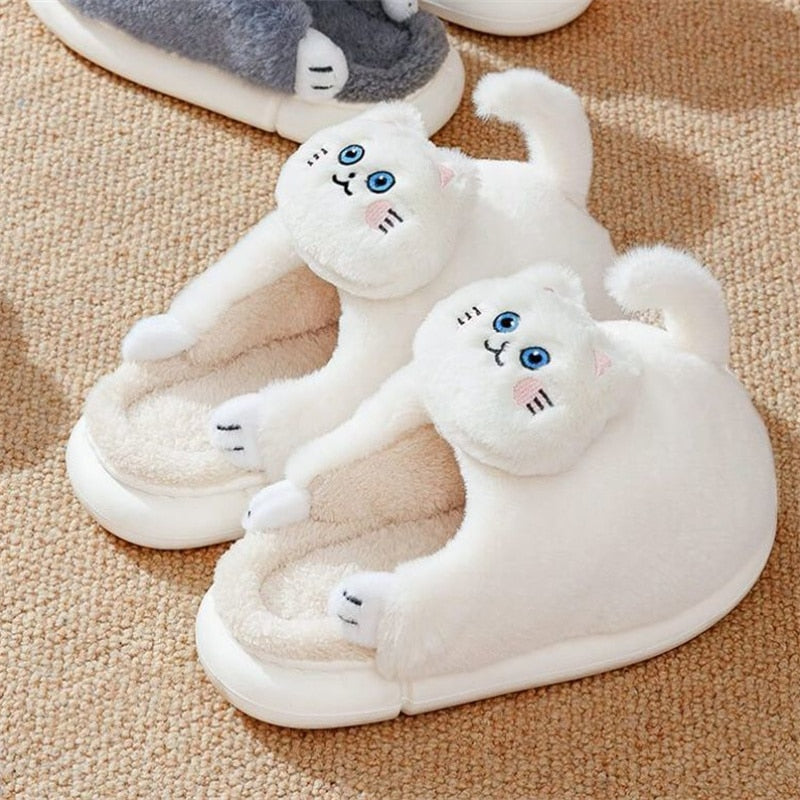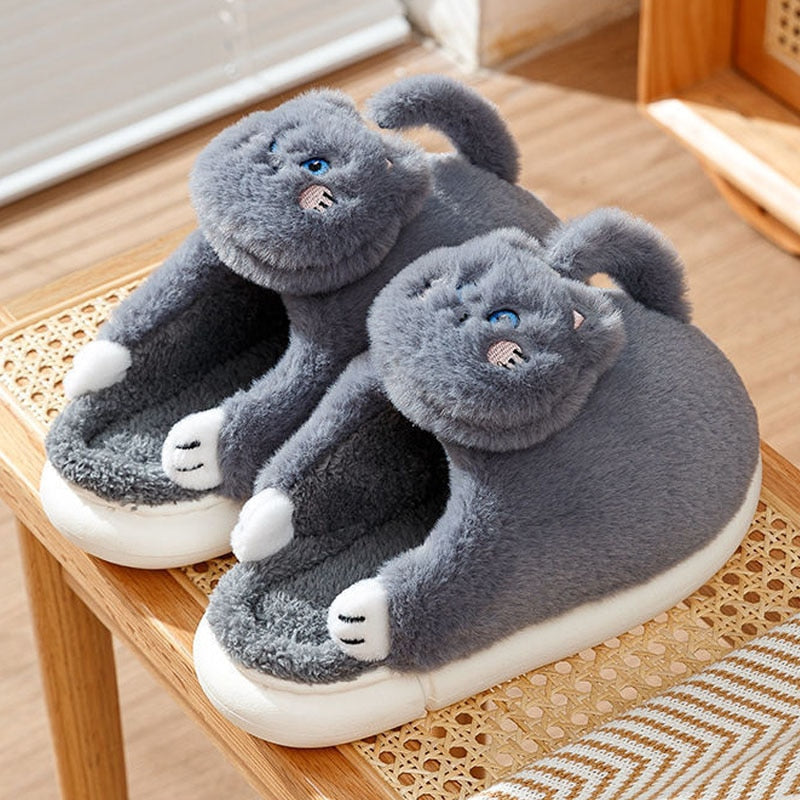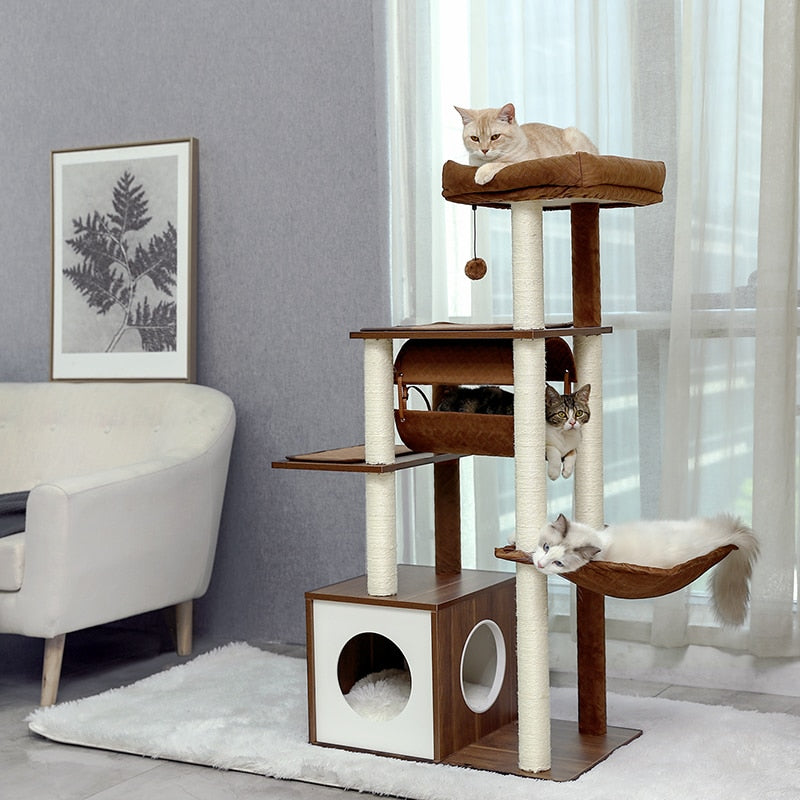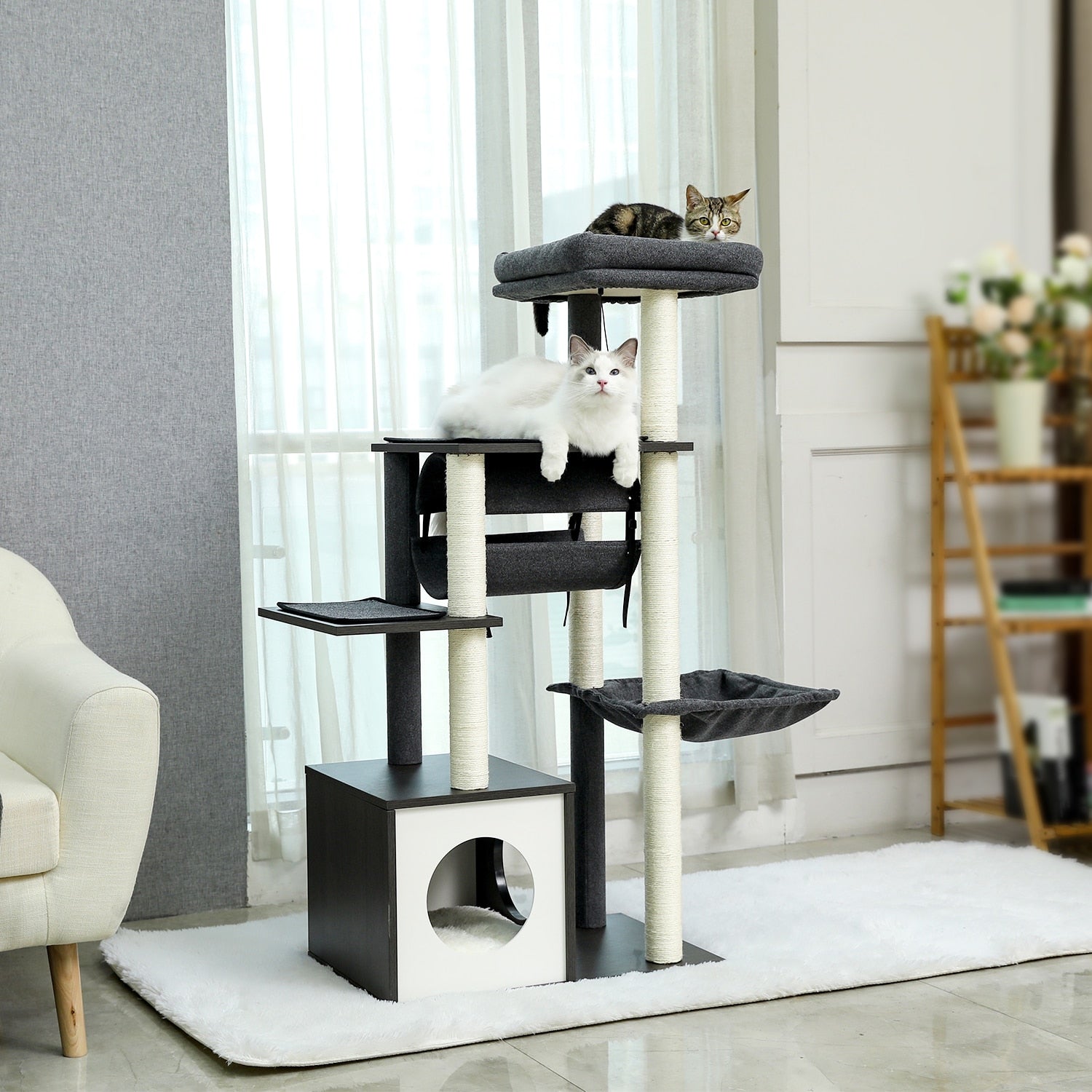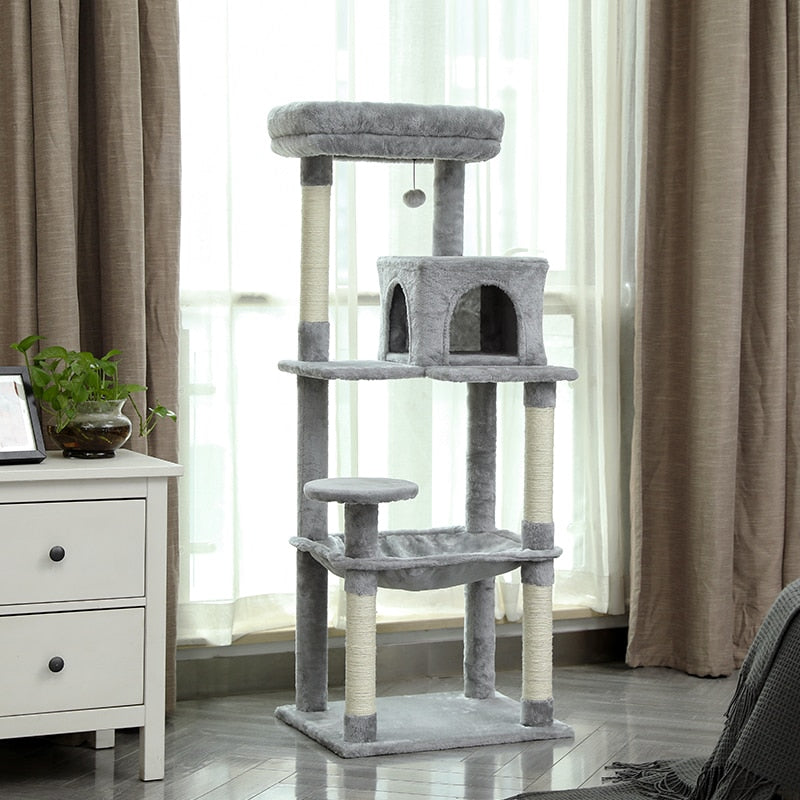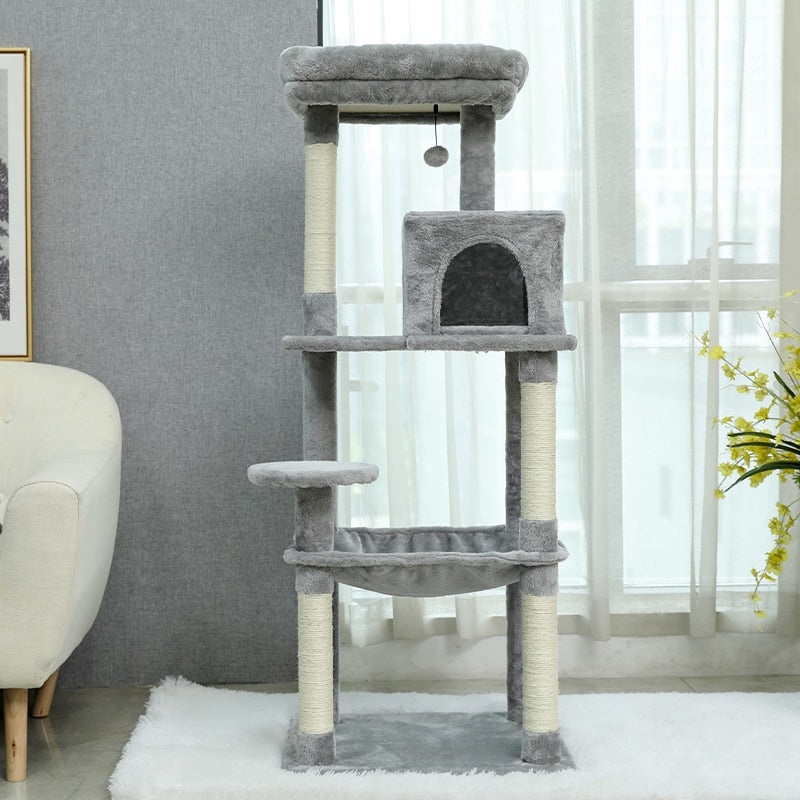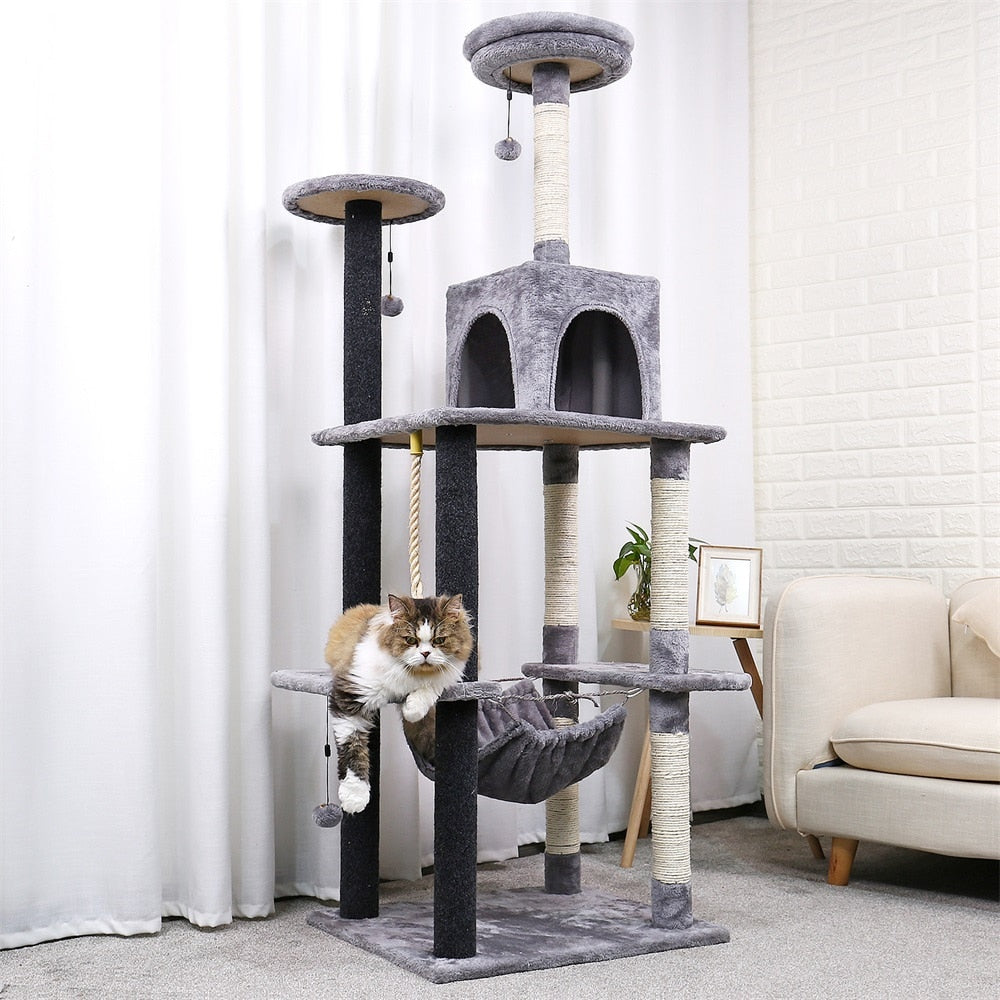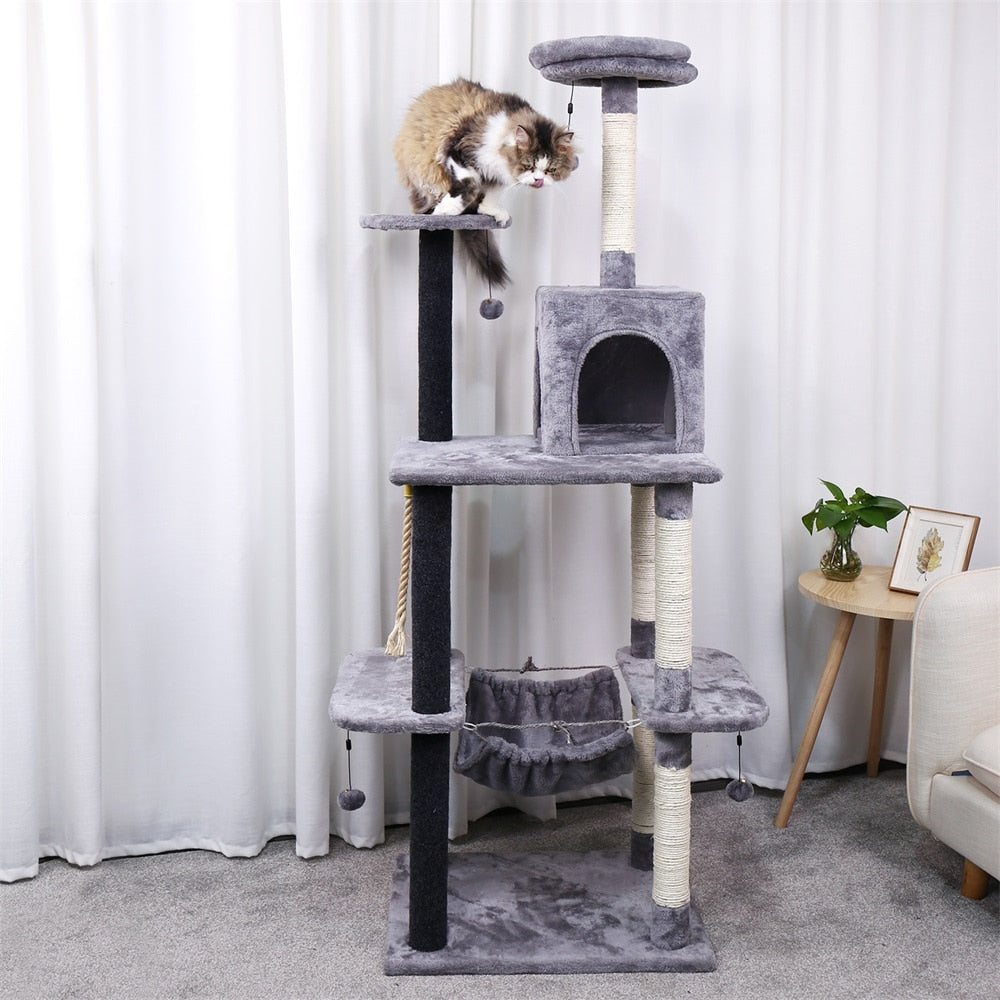Why do cats purr?
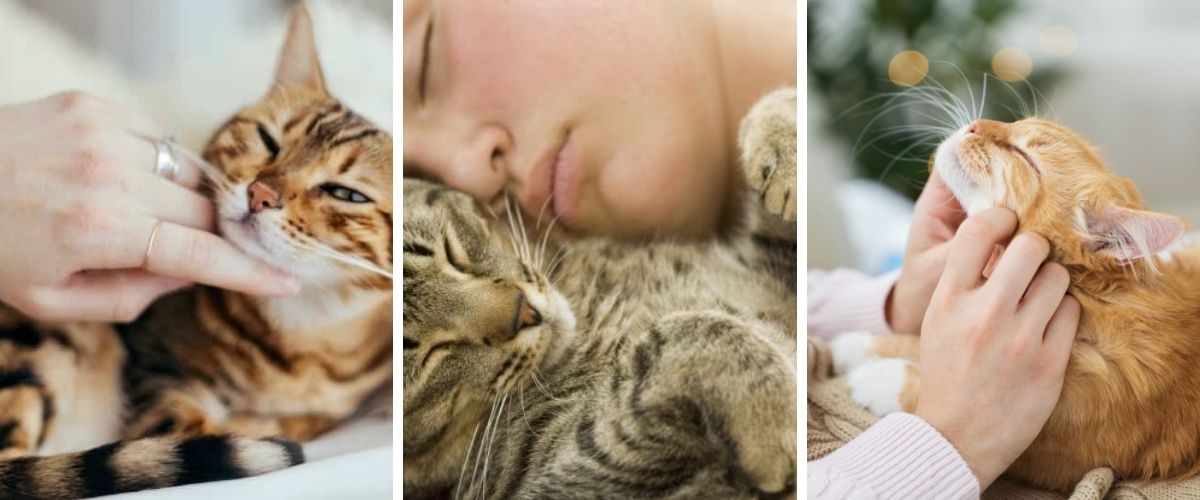
A common means of expression in cats, purring is that sweet, pleasant sound that most cats make from birth. If its mechanism is still partly imbued with mystery, several reasons can explain its emission by the cat.
Depending on the context, it can be synonymous with pleasure and bliss or a means of relieving pain. In all cases, it has beneficial effects for both the cat and its owner.
Why do cats purr?
In general, the cat will purr to communicate with its congeners or its master, also to show that it is happy, to express its joy or its well-being. However, purring does not only denote a state of bliss. In other circumstances, the cat may purr to regulate negative emotions such as intense stress or intense fear, to reassure itself, or even to soothe its pain.
4 Meanings of Cat Purr
You should note that cat purr can have many different meanings, depending on the context or when it occurs, the cat has many ways of expressing itself and not all cats purr necessarily.
Thus, a purr emitted between a mother and her kittens will not always have the same translation as a purr showing pleasure, one aimed at relieving pain or one expressing a certain submission.
The purring between the mother and her kittens
In the relationship between mother and kittens, purring can initially represent a means of communication. The mother will thus purr to interact with her young. The latter are not yet in full possession of their visual capacities, the purrs help to direct them towards the udders.
In addition, the purring of the cat can be synonymous with safety. In this case, the mother will purr to reassure her young and show them that they are safe in her presence.
Subsequently, the kittens will very early learn to purr in their turn to express their contentment, their hunger or to ask for food. It is also a reflex that they will keep during their adulthood.
A manifestation of pleasure for the cat
Purring is most of the time one of the signs that expresses contentment in cats and even more so in adult cats. In fact, your cat may purr to express his pleasure, his affection, the fact that he feels happy or experiences well-being, purring can also be accompanied by chirping of pleasure.
This positive connotation of purring takes on its full meaning and is easily perceived during specific moments such as cuddly moments. When you cuddle your cat or show him softness and tenderness, he may purr with pleasure.
The same will apply when you have fed him a meal that he particularly enjoys, but also when he is having fun playing with other cats. However, you should keep in mind that purring doesn't always mean fun and doesn't always mean your little feline is happy.
Relieving Pain to Heal Faster
There are circumstances in which purring may reflect some pain or suffering (physical or emotional) in the cat. In such a situation, purring will be a way for your little feline to relieve their pain or reduce stress and facilitate their remission.
Studies have thus made it possible to note that when your cat is in extreme pain or is on the verge of death, purring can trigger a state of lethargy in him and stimulate the secretion of endorphin (morphine or the hormone of happiness) to allow his body to recover, better manage pain and regulate stress.
One could almost consider purring as an accelerator of healing, a notion to be taken with a grain of salt, because it is a track not yet confirmed by science.
A way of submitting
Finally, the purring of the cat can be simply the expression of a submission, vis-a-vis a more imposing congener, generally in order to avoid a confrontation or a conflict. Purring here would be an admission of inferiority or at least a way to appease his tense fellow and make him understand that he does not want him any harm.
Listen to the purring of the cat
Audio player
00:00
00:00
Use the up / down arrows to increase or decrease the volume.
How do cats purr?
The purring phenomenon is quite fascinating, yet its mechanism is still poorly understood like many other sounds emitted by the cat. Thus, many studies have been carried out, resulting in theories attempting to explain how cats manage to produce the regular buzzing and vibrations characteristic of purring.
According to one of the hypotheses put forward, the purring would be produced following rhythmic contractions of the muscles of the larynx and the diaphragm. According to another approach, this particular sound would be produced by the hyoid bone connecting the tongue to the cat's skull.
Despite the many theories that exist, it should be noted that there is currently no precise explanation of how cats purr. It is certain, however, that these purrs are in many ways beneficial to humans.
Men and cats: Purring is a restorative pleasure!
While it is certain that purring produces calming, relaxing or pleasurable effects in cats, it is even more extraordinary to know that these benefits can be communicated to humans.
Thus, several studies have been able to demonstrate thathaving moments of pleasure shared with a purring cat is very beneficial for human health, the encouragement of happiness or the reduction of stress. The elimination of stress having an effect on the extension of the life expectancy of man !
The use of purr therapy in the treatment of certain physiological and psychological disorders is a good illustration of this, without forgetting that it is also very pleasant for the cat to be cuddled.
Cats still have great surprises inus, he may have been one of the closest animals to humans for thousands of years, cats store forstill make a lot of anchors to their human friends.

